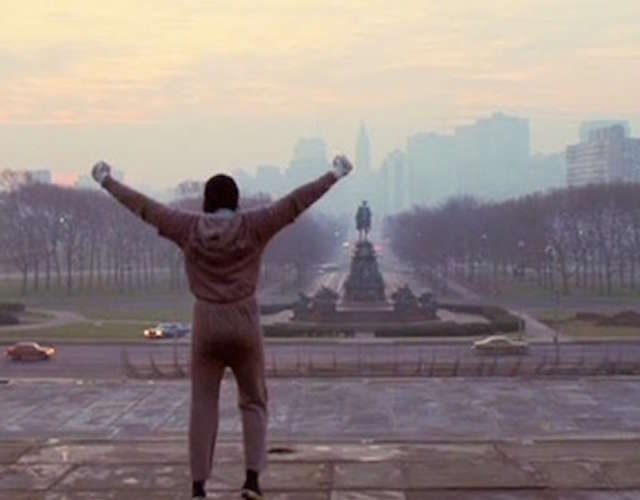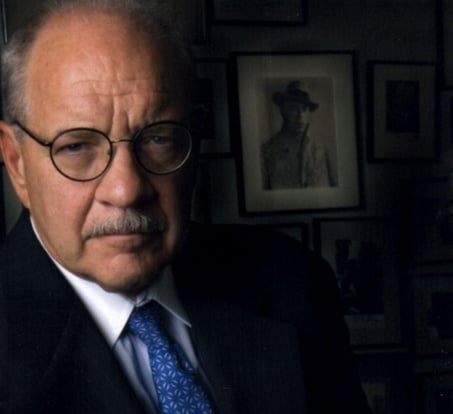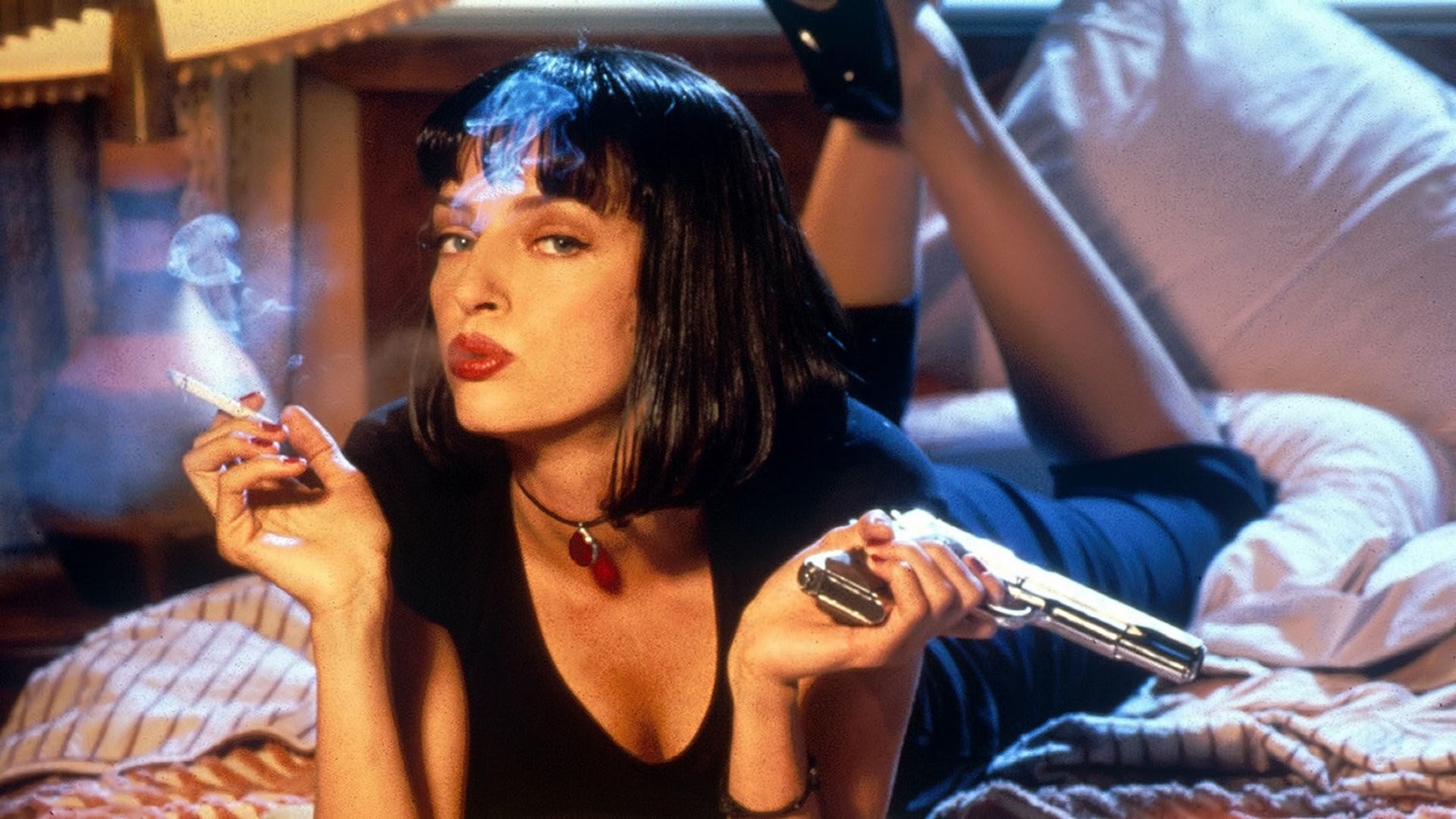Inserting Your Personal Life Into Your Screenplay
February 14, 2023
You shouldn’t be afraid to insert your personal life into your screenplay. Even if you’re writing about a zombie apocalypse or a high-adrenaline heist, the more of yourself you put into your script, the stronger impact it will have on readers. Not only will it help give your script a voice, it’ll add a layer of authenticity that will enhance your world-building and enrich your characters.
Many original dramas and dramadies have an autobiographical streak running throughout, but even some classic genre films (i.e., Action, Sci-Fi, Horror) have included details from the writer’s personal life. These details grounded an otherwise fantasic story and made people invest more in the reality the writer was creating.
Known more for his directing than his writing, Steven Spielberg did write one of his most beloved films: Close Encounters of the Third Kind (1977). Spielberg’s followup to Jaws, Close Encounters was one of the first special effects driven, event films (released the same year as Star Was), and its spectacle was one of its main selling points. However, at the core of Close Encounters was a personal story containing strains from Spielberg’s life. The initial inspiration was meteorite showers he had watched as a teen living in the Midwest, but Spielberg also drew on his parents’ divorce and the impact it had on his family. Close Encounters tells the story of an Indiana electrician, Roy Neary, who becomes increasingly obsessed with UFO sightings and it causes his wife to leave him, taking their three children with her. So in addition to Rory expressing much of Spielberg’s youthful aspirations to reach for a life less ordinary, his character is also a stand-in for his father, and no doubt the splintering of Rory’s family echoes the real-life divorce of Spielberg’s parents. In a later interview, Spielberg went as far to say that the film’s climax involving the government’s communication with the alien mothership represents his parents arguing and trying to work things out.
In addition to a Sci-Fi event film like Close Encounters, many classic Horror/Thrillers have been inspired or enhanced by the screenwriter’s personal life; even if it’s not immediately apparent. For years, like many critics, I thought Brian De Palma’s Dressed To Kill (1980) was simply a stylish and clever homage to Hitchcock thrillers like Psycho and Frenzy. Although highly entertaining and written by De Palma, it never came across as a personal film. However, when viewing the 2015 documentary De Palma, the legendary auteur opened up about his background, and it forever changed my view of his films, especially Dressed To Kill. When De Palma was a teen, his mother suspected his father of having an affair; having a closer relationship to his mother and being a computer savvy “wiz kid”, the young De Palma secretly followed his father, and using surveillance equipment he had constructed, recorded his father’s adulterous behavior. In the film Dressed To Kill, Keith Gordon plays a character who is an obvious stand-in for the teen De Palma: he’s a computer savvy wiz kid, who’s close to his mother, and — spoiler alert — attempts to uncover his mother’s murder via following suspects and his homemade surveillance equipment. As fantastic as it sounds, this plotline is clearly inspired by De Palma’s own experience of following his father and recording him in the act! Not only does this knowledge of De Palma’s background add another layer to Dressed To Kill, it makes it clear that the filmmaker’s obsession with voyeurism isn’t just academic but deeply personal.
So in addition to giving your screenplays an authentic touch, your personal life can also be a source of inspiration. This was also the case with writer-director Jordan Peele and his breakthrough film: Get Out (2017). Being biracial, Peele had been crossing various color lines his entire life, and continued to do so after marrying a Caucasian woman (actress and writer Chelsea Peretti). His early interactions with his in-laws were a source of inspiration for Get Out, along with his experience as a black man living in a white upperclass world. Because of this, he injected the psychological horror with a unique perspective that itself crossed color lines and the film was met with both critical and commercial success. His subsequent films, Us (2019) and Nope (2022), have likewise been well-received and continue to show how as a writer he continues to insert his personal life into the genre film landscape.
And just because the above examples are writer-directors shouldn’t discourage aspiring screenwriters. What works for a writer-director can likewise work for a writer period. All one has to do is look at Stephen King, who has been using his personal life as a foundation for his fantasy for his entire career. You should never limit yourself as a writer and anything you can use as a source of inspiration or to enhance your screenplay, you should indeed use.
Even if your screenplay doesn’t sell, it can work as a writing sample, which in turn can lead to assignment jobs. From the independent producer looking to hire someone to write their horror concept to the studio looking for a fresh spin on their tentpole franchise, your spec script can be a deciding factor on whether or not you get the job. As written above, drawing from your personal life can strengthen your world-building and enrich your characters. If producers and studio execs think you can bring this quality to their projects, you’re more likely to be hired and to establish a career.
So when you’re writing and you think of something personal you’d like to use in your script, but you’re uncertain or even embarrassed to do so, think of all its potential benefits. You’ll not only be expressing yourself and adding more color and depth to your script, you might just be coming upon an X-factor that will distinguish your screenplay and showcase your voice as a writer.
Written by: Edwin Cannistraci
Edwin Cannistraci is a professional screenwriter. His comedy specs PIERRE PIERRE and O’GUNN both sold with more than one A-list actor and director attached. In addition, he’s successfully pitched feature scripts, TV pilots and has landed various assignment jobs for Universal, Warner Bros, Paramount and Disney.



